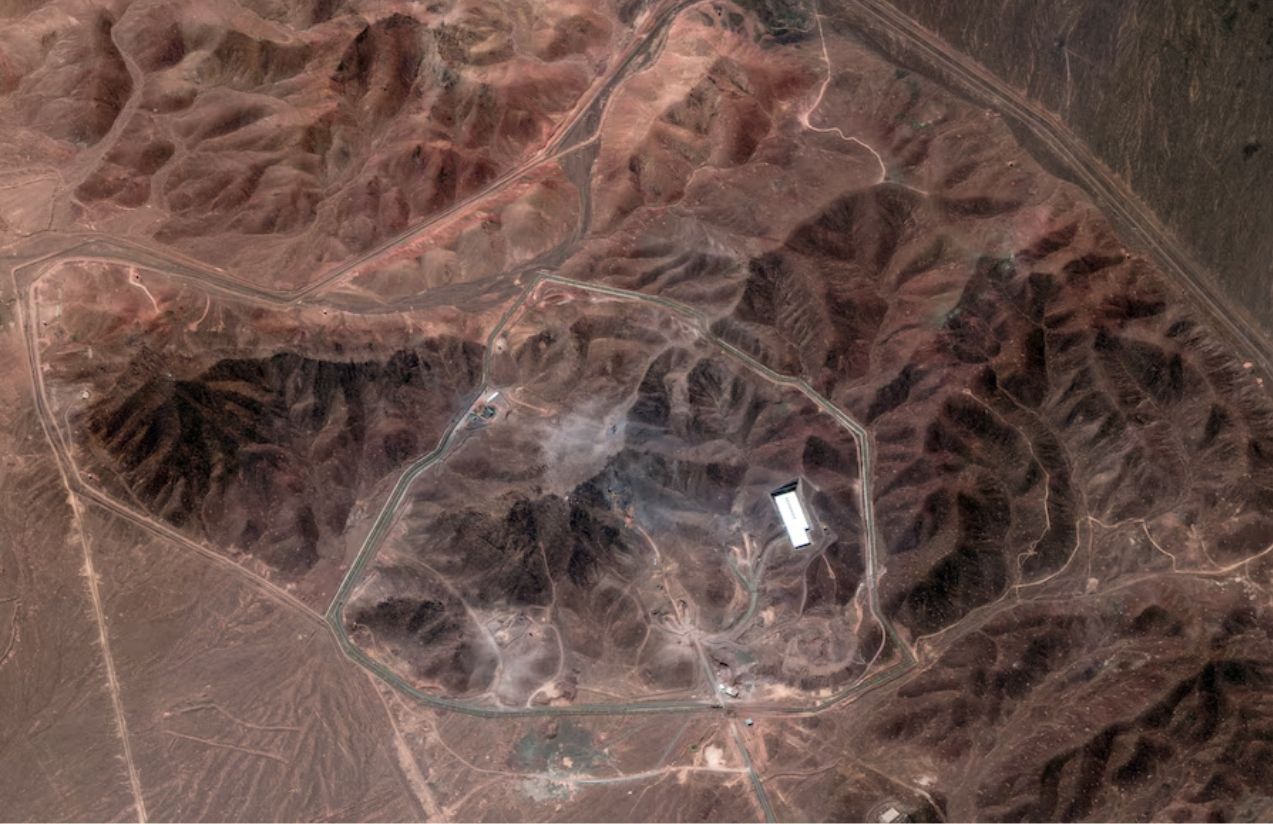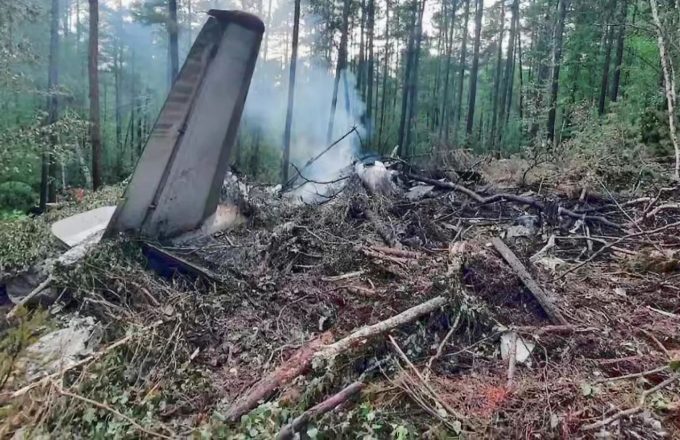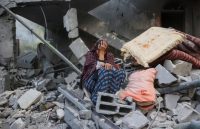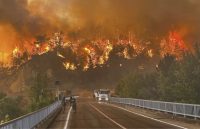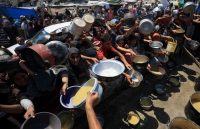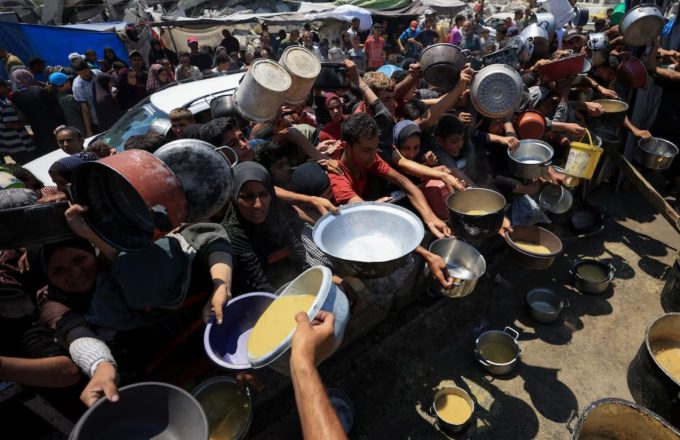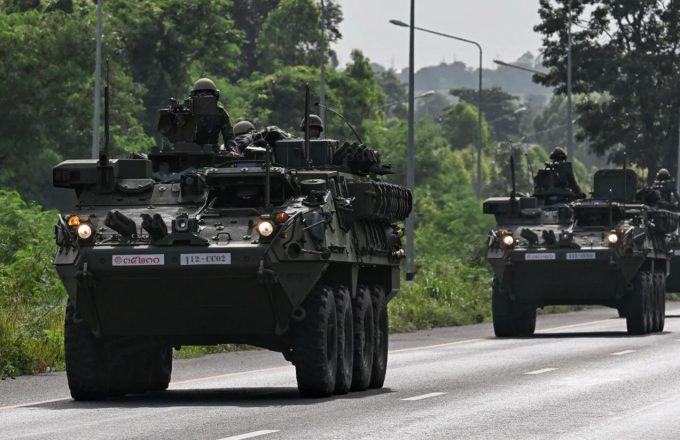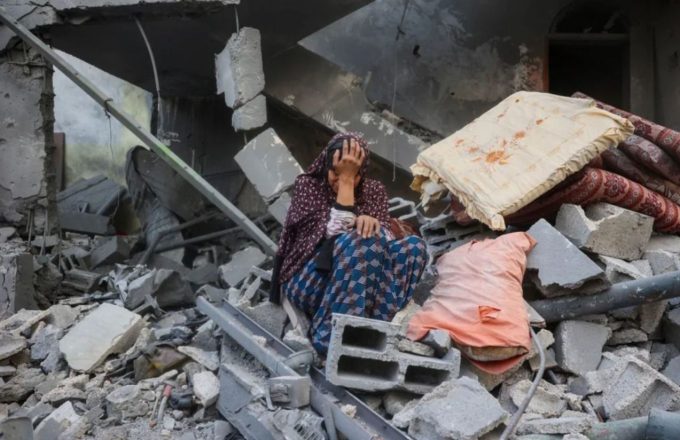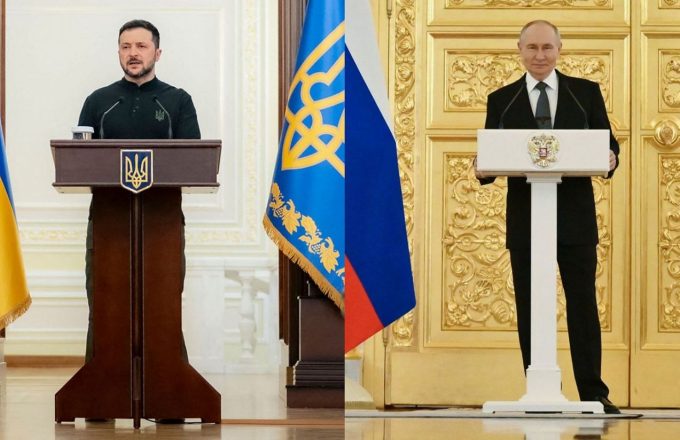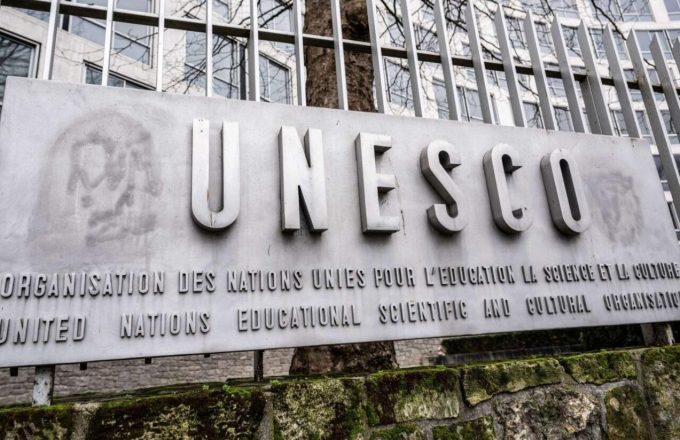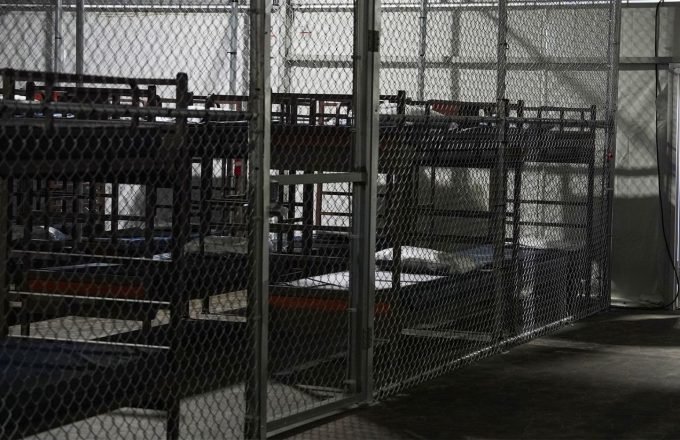New satellite images released this week indicate that Iran has begun damage assessment operations at the underground Fordow nuclear facility, which was heavily damaged by a U.S. airstrike on June 21. The photographs, captured by Maxar Technologies and analyzed by the Institute for Science and International Security, show mobile cranes, excavators, and bulldozers operating near craters left by bunker-busting bombs dropped from B-2 Spirit bombers.
Experts suggest that Iranian authorities are preparing for a more thorough inspection of the damage. There are indications that cameras—and potentially technical personnel—could be introduced through ventilation shafts that once serviced the underground complex.
Fordow, dug deep into a mountain in northern Iran, is considered a central node in the country’s nuclear program. According to the Pentagon, the site housed uranium enriched to over 80% purity—dangerously close to weapons-grade. Its neutralization had been the central goal of a U.S. Defense Department operation over a decade in the making.
The June 21 attack marked the largest operational mission of B-2 bombers in history. Twelve Massive Ordnance Penetrator (MOP) bombs were dropped in a precise sequence: the first waves broke through the outer defensive layers, others disabled internal systems like ventilation and power, and the final bomb—with a delayed fuse—was designed to collapse the internal structures.
A preliminary report from the Defense Intelligence Agency (DIA) described the damage as “significant, but not total.” However, Secretary of Defense Pete Hegseth dismissed that assessment, telling reporters: “You want to know what happened in Fordow? Go there with a shovel.”
The latest satellite images appear to confirm that at least one of the three main ventilation shafts remains open, and that Iranian crews have started working to access the site’s interior. Trucks—including dump trucks—have been spotted near the eastern entrance, suggesting debris removal is underway. Additionally, two auxiliary shafts at Site 2 have been sealed, likely to allow controlled descent of equipment.
Despite visible signs of damage, Tehran has maintained an ambiguous stance. Supreme Leader Ali Khamenei claimed the strike achieved “nothing significant,” while Foreign Minister Abbas Araghchi warned of “deep impacts” on the course of the nuclear program. Following the bombing, Iran suspended its cooperation with the International Atomic Energy Agency (IAEA), leaving inspectors unable to verify the actual condition of the site.
IAEA Director Rafael Grossi stated that the damage is “very, very considerable,” though he stopped short of calling the site completely destroyed. In an interview with RFI, he said the facility was not leveled, but had suffered structural damage that could take months or even years to repair.
For President Donald Trump, the mission has already fulfilled its goal. Speaking at the recent NATO summit in the Netherlands, he said, “Maybe we’ll sign a deal. I don’t know. But they’re not rebuilding that.” Washington sees the destruction of Fordow as a strategic warning. “For 40 years they’ve said ‘death to America, death to Israel.’ We’re not going to sit back and take it,” Trump emphasized.
As Iran cautiously proceeds with inspection and cleanup efforts, the international community is watching every move closely. With on-site inspections blocked, satellite imagery has become the only reliable window into the heavily restricted facility. What happens in the coming days—whether technical crews enter, reconstruction begins, or uranium enrichment equipment is reinstalled—will be crucial in determining the true extent of the damage and the future configuration of Iran’s nuclear program.
Underground, uncertainty remains. Above ground, international scrutiny is relentless.


